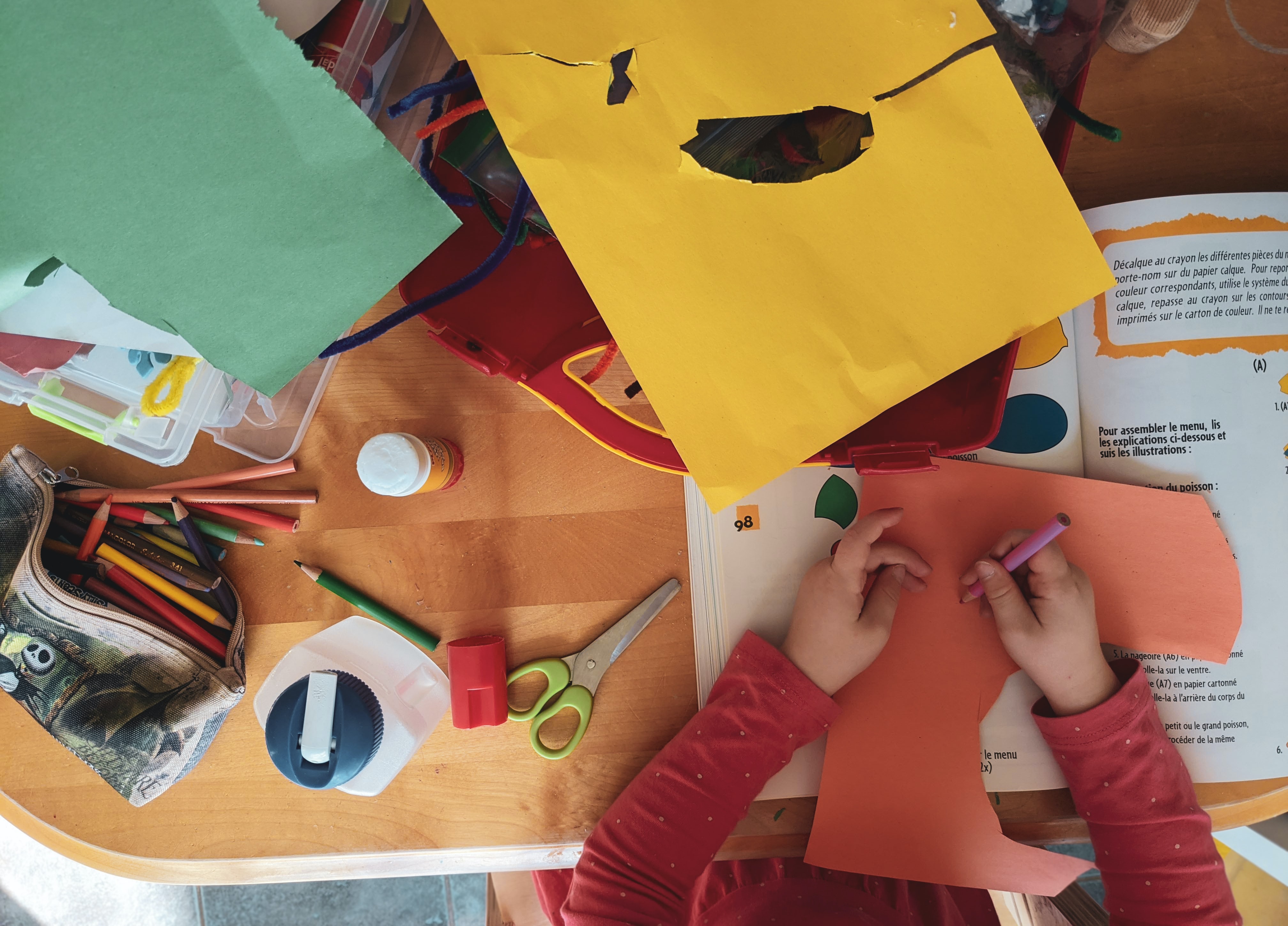
05 Jul Sensory processing and Occupational Therapy
Sensory processing
Humans receive information from the environment through their senses. There are eight senses that humans receive: vision, hearing, taste, smell, touch, vestibular, proprioception and interception. These senses are processed through the brain for the body to respond to the environment.
Children with sensory processing difficulties may have issues understanding their sensory information. They can be hypersensitive (i.e. take in too much sensory information) or hyposensitive (i.e. take in too little sensory information) to their environment.
Case study: Child X
Child X is an 8- year-old child diagnosed with Autism Spectrum Disorder (ASD) who experiences sensory processing difficulties. He feels overwhelmed when at common noisy activities, for example, he tends to cover his ears or run away from crowds at a party. He also avoids messy play, such as touching paint or objects that feel sticky. He also avoids being in places with bright lights.
How can Occupational Therapy help?
Sensory processing difficulties can be common for children with ASD. Treatment can help to reduce the child’s repetitive and challenging behaviour associated with sensory processing difficulties. In this case study, Child X is hypersensitive to his environment.
An Occupational Therapist can implement:
- Recommendation of sensory equipment – in this case study noise-cancelling headphones may help to maintain Child X’s participation in his party.
- Desensitization program – involving Child X in messy play during occupational therapy sessions to increase their tolerance to different textures.
- Recommendation of modifying the environment/Child X’s existing equipment – at home, installing blinds and changing the colour of the window glass may help reducing the visual input that Child X receives.


Sorry, the comment form is closed at this time.